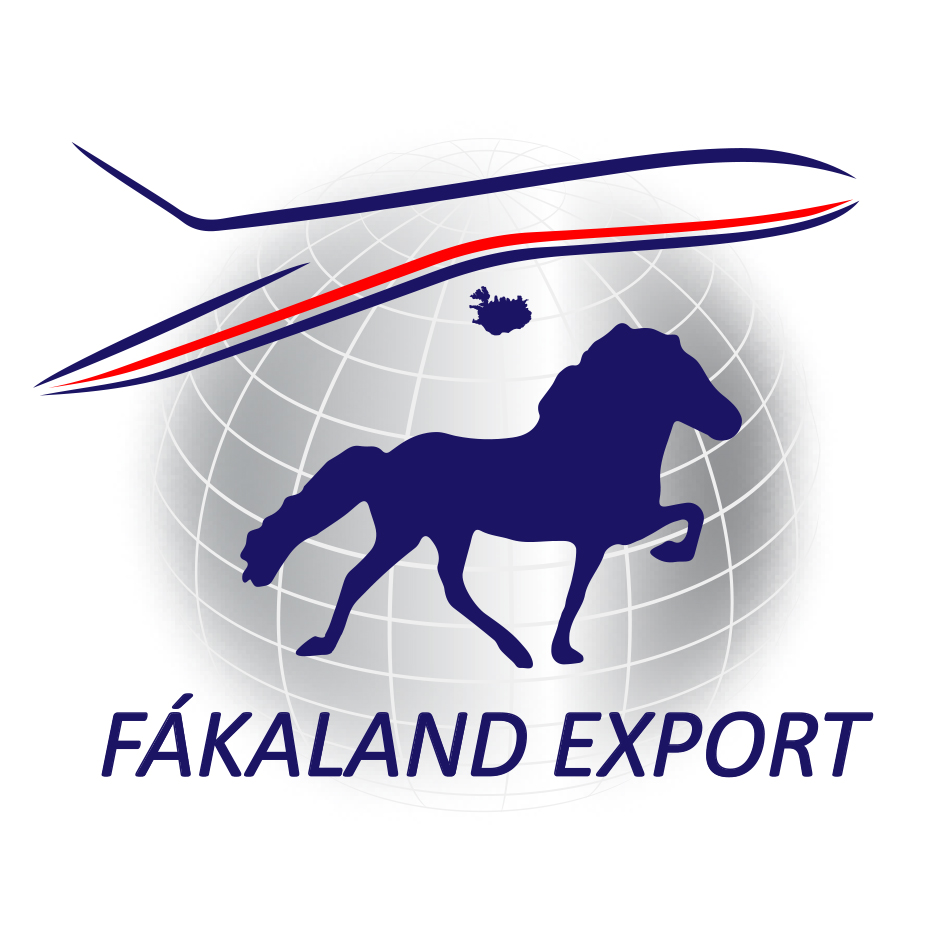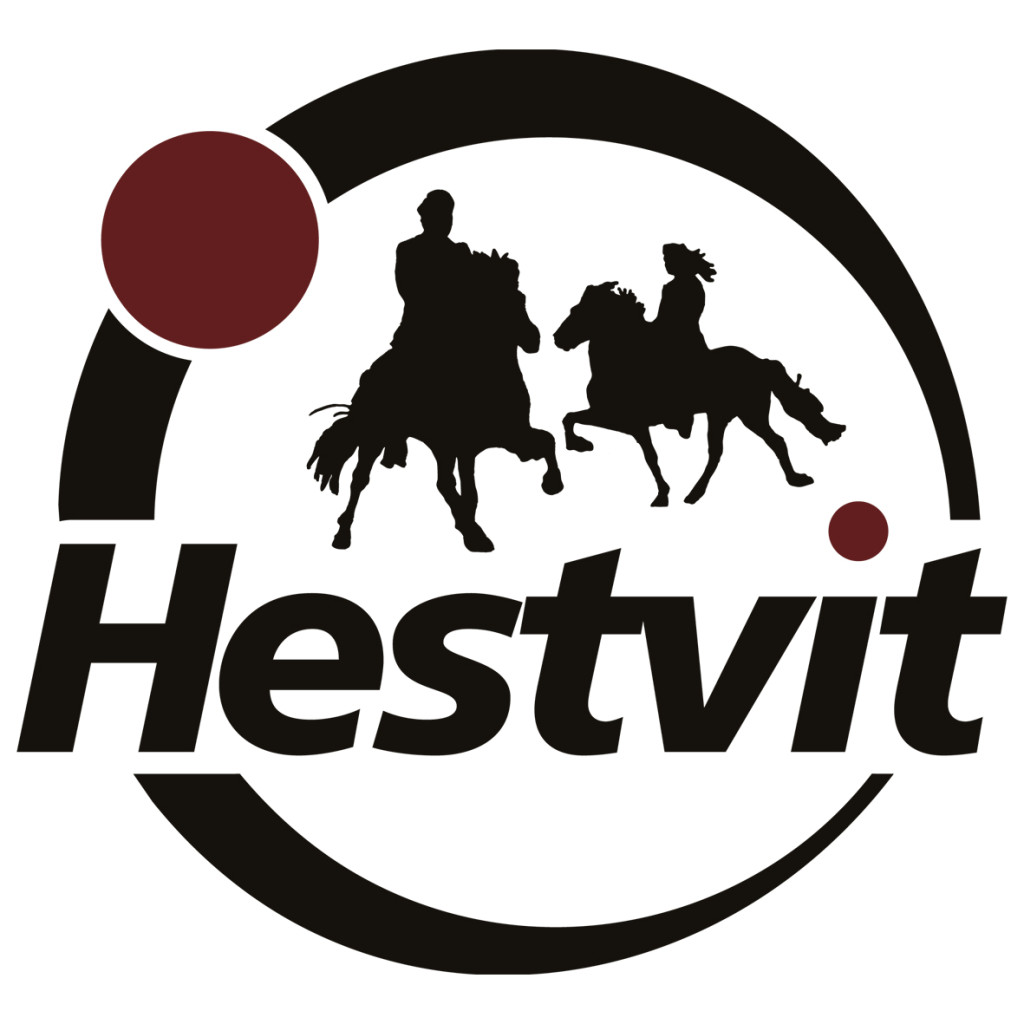Christiane, who has 40 years of experience in equine photography, has travelled all over the world and photographed horses of around 300 breeds. Her pictures are popular, for example for calendars. She has published numerous photo books and gives courses regularly.
They started out on Snæfellsnes peninsula in West Iceland, first at horse farm Hallkelsstaðahlíð run by Guðmundur M. Skúlason (Mummi), where they spent a few days. One of the days it was so windy that Christiane could hardly hold the camera still. Thomas took a video of her lying on the road in the storm with a herd of horses running towards her. “People thought I was very brave, but I said: “These are Icelandic horses. They will stop for the red troll on the road!”” Christiane laughs. She certainly stood out in her red parka and the video shows how the horses slow down as soon as they approach her.
“There was one problem at Mummi’s. He has too many black horses!” Christiane explains that when the weather is gloomy it’s better to use light and colourful horses to help brighten the image. Therefore, she had the herd driven into the stable before the photo shoot so that she could choose the ones that would look best in the bad weather photo.
Mummi was impressed by Christiane’s resourcefulness. “It was rather windy and cold, but she made the most of it. Whenever there was a little sunshine, we stormed out and took advantage of every available opportunity,” he says. “When the bad weather hit, we had planned to take group photos with a few people riding together so we borrowed two kids from our neighbours … They did extremely well.”
Eventually the sun broke through the clouds and Christiane wanted to take pictures in a place with red soil she had noticed on the way to Hallkelsstaðahlíð, an old pumice mine called Rauðhálsar. “Then I selected horses which would either harmonise with the colour of the earth or be in contrast with it,” she says.
One afternoon, after Mummi and his wife had gone out, his father suddenly remembered that there was one stallion they hadn’t photographed yet. “We got up in a hurry because the farm is in a valley surrounded by tall mountains and the light was disappearing. There was only a glimpse of sun down in the field,” Christiane recounts. After taking some pictures there, they wanted a shot by the blue lake Hlíðarvatn. “But by then there was no sun left by the water, only in the water, and Mummi’s dad waded out into the ice-cold lake, fully dressed, pulling the horse in with him.” Christiane bursts out laughing. There was a lot of splashing about but she caught some good pictures.
Next, Christiane and Thomas went to Söðulsholt on Snæfellsnes, before contining to Reykjavík and by plane to Höfn, where Ómar Ingi Ómarsson of Hornhestar welcomed them. They also stayed there for a few days. “I had wanted for a long time to take pictures of horses with ice in Ice-land,” says Christiane. The authorities granted special permission for taking horses to Heinabergslón – a glacial lagoon, which is less crowded than the famous Jökulsárlón – and to Breiðamerkursandur beach with melting ice chunks and fascinated tourists. Christiane picked one white and one black horse; one with the same colour as the glacier and another of the opposite colour.
Christiane had mixed emotions about taking pictures near the famous mountain Vestrahorn, because it is extremely popular among photographers and she does not want to copy the work of others. They had lengthy discussions about how it could be done differently. “By sheer coincidence I had brought a wide-angle lens, which I never use when I’m shooting horses, because I figured: “Iceland has such beautiful landscapes. I’ll bring it, just in case.”” That way, she could catch an image of the entire mountain with loose horses running on the beach, and Ómar confirmed that this had not been done before.
Christiane picked three horses – an uneven number – which knew each other well and would look good against the background: “Black like the lava field, chestnut like the reddish plants and white like the reflection of the light,” she explains. “We had used a black and a white horse a lot when we were driving between places, so it was good to add one which was different for more colour and contrast,” adds Ómar. “And not just have one or two horses. When there are more when they are released they are more likely to run, especially if they’re in an uneven number. Two of them are likely to follow the first.”
They brought the horses to Vestrahorn at daybreak. It was low tide and shallow water on the beach, which was sufficient to reflect the landscape. “There was no wind, otherwise, there wouldn’t have been any reflection,” Christiane points out. “They made sure that the horses were hungry so that they would run straight to the stable. Christiane took position with her camera and hoped that everything would work out – because she would only get one shot. “And it worked!” She exclaims. “All three in the perfect spot with even spaces between them.” Ómar, too, is happy with the result. “Very much so. Many of her photos – especially of the horses running home in the reflection – are spectacular.”
After photographing with Íslenski hesturinn and at Dalland in Reykjavík, Christiane and Thomas travelled back to Germany. Christiane says that she’s living the dream, being able to be around such amazing creatures and catch them on camera. “I consider it the horses’ gift to me.”
Text: Eygló Svala Arnarsdóttir. Photos: Christiane Slawik.




























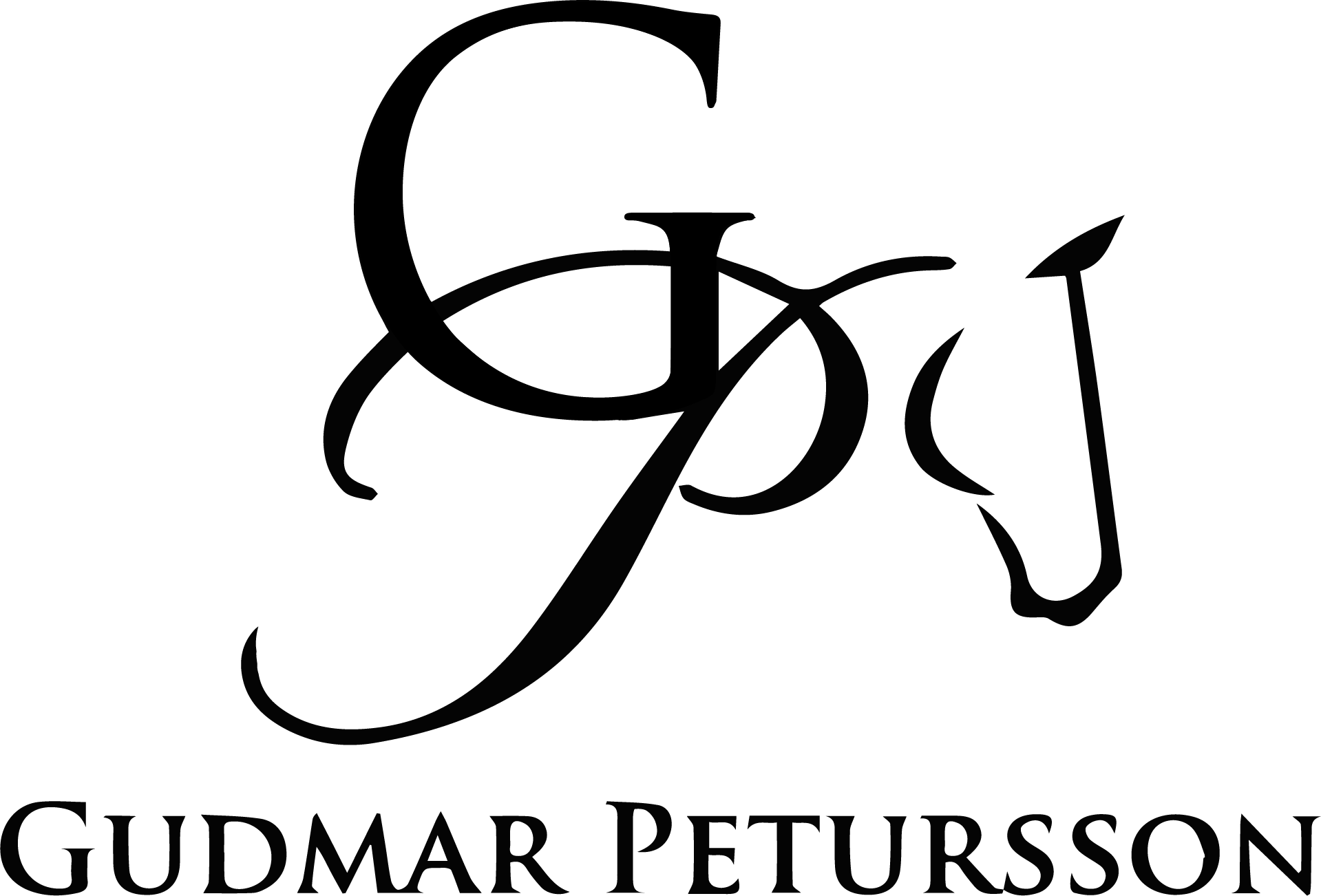
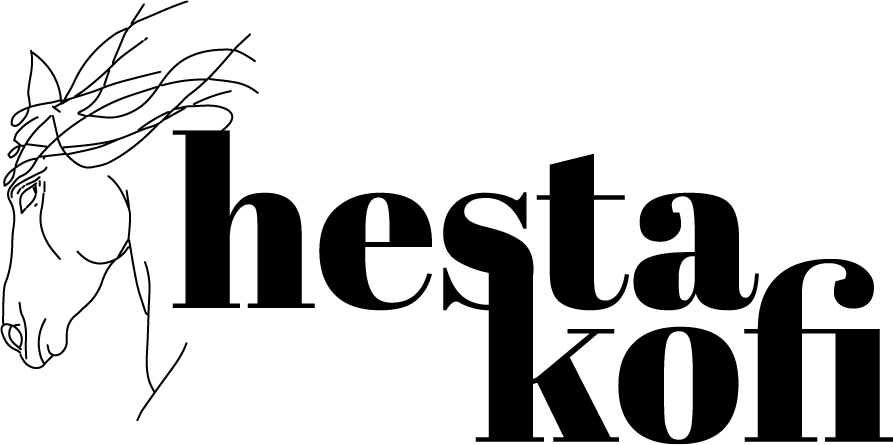
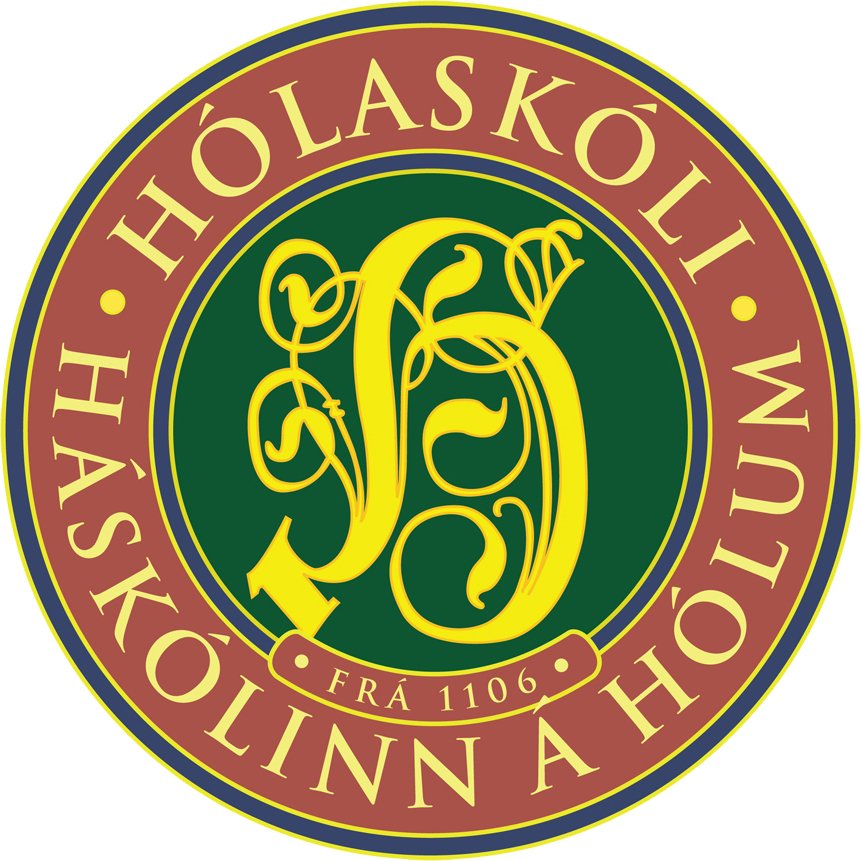



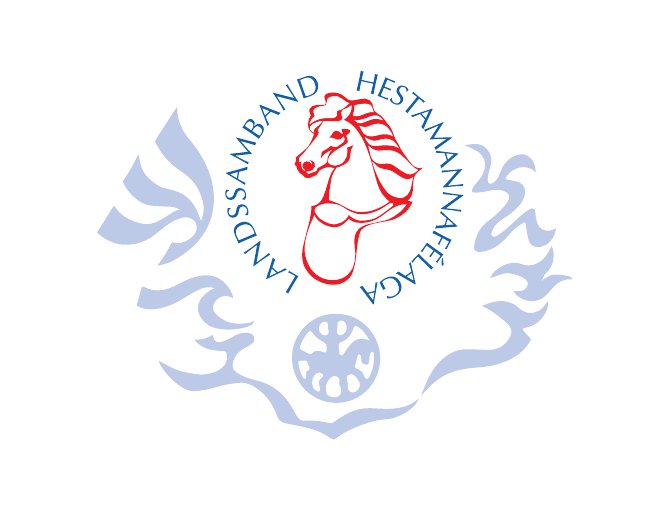



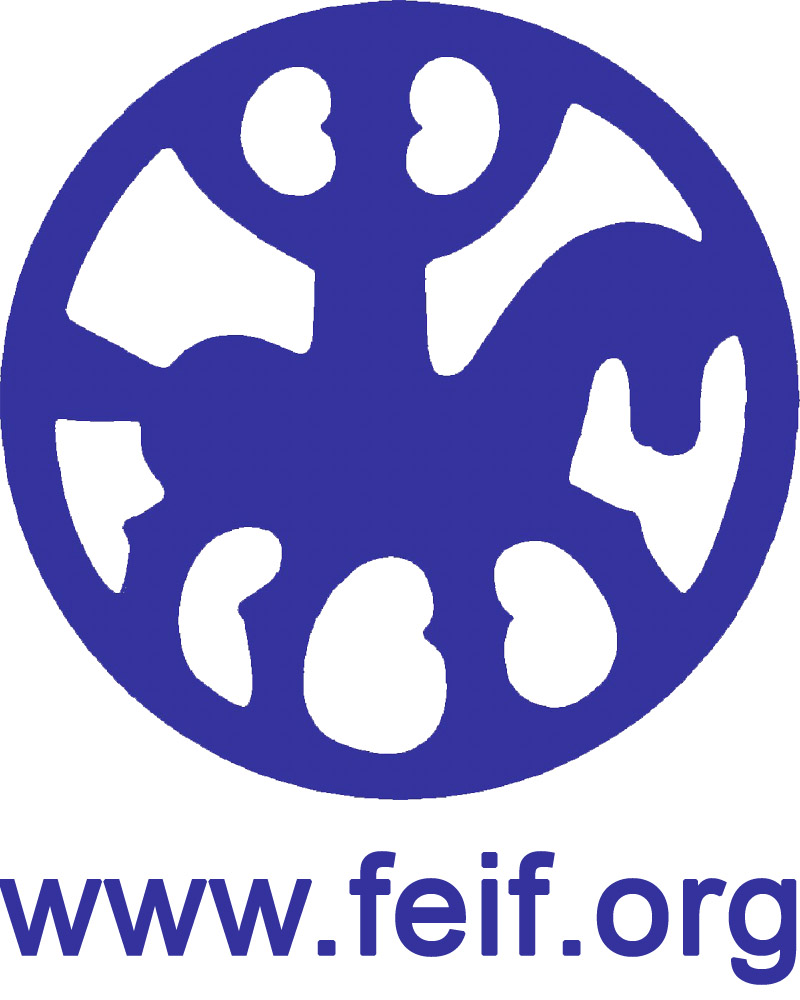
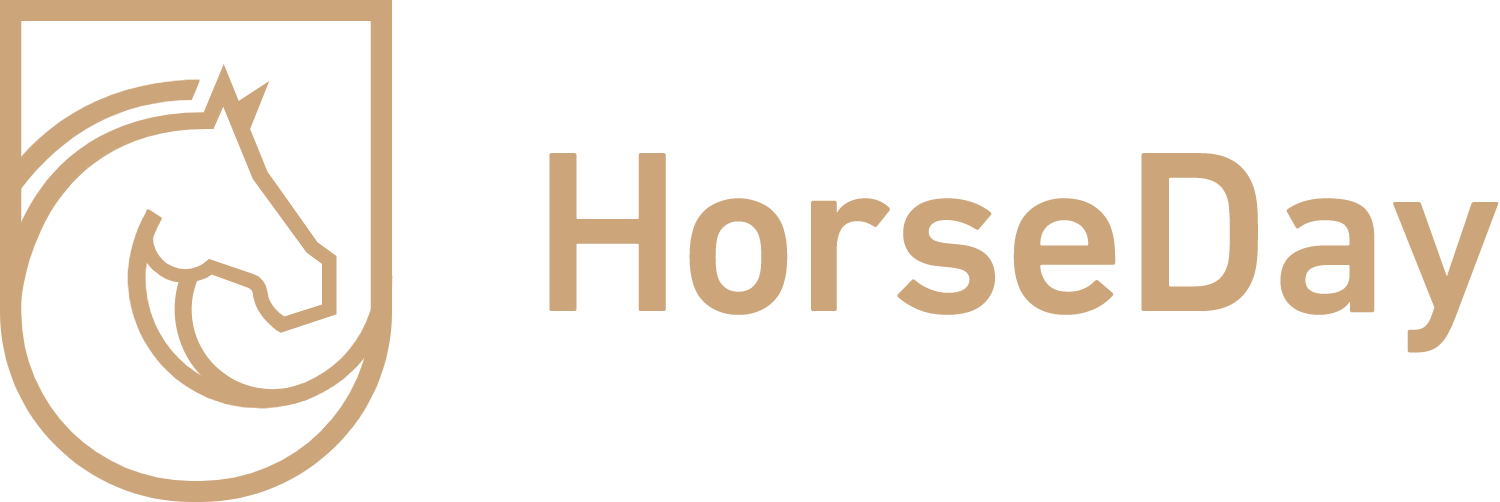
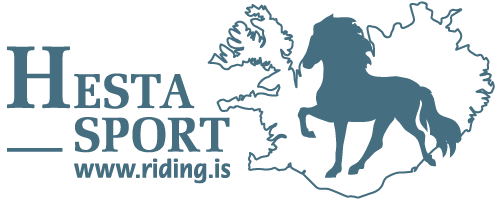


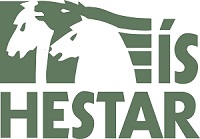

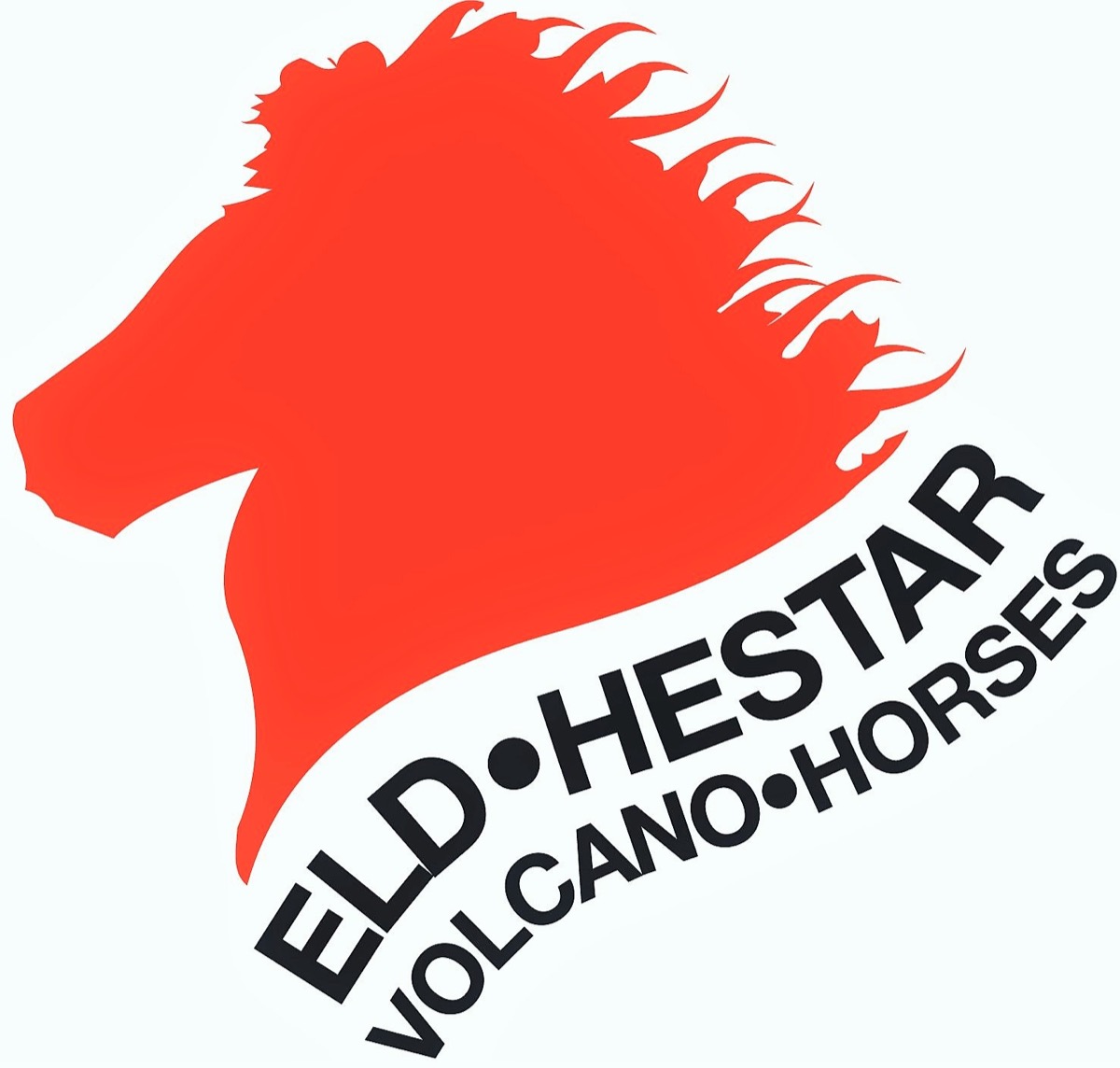
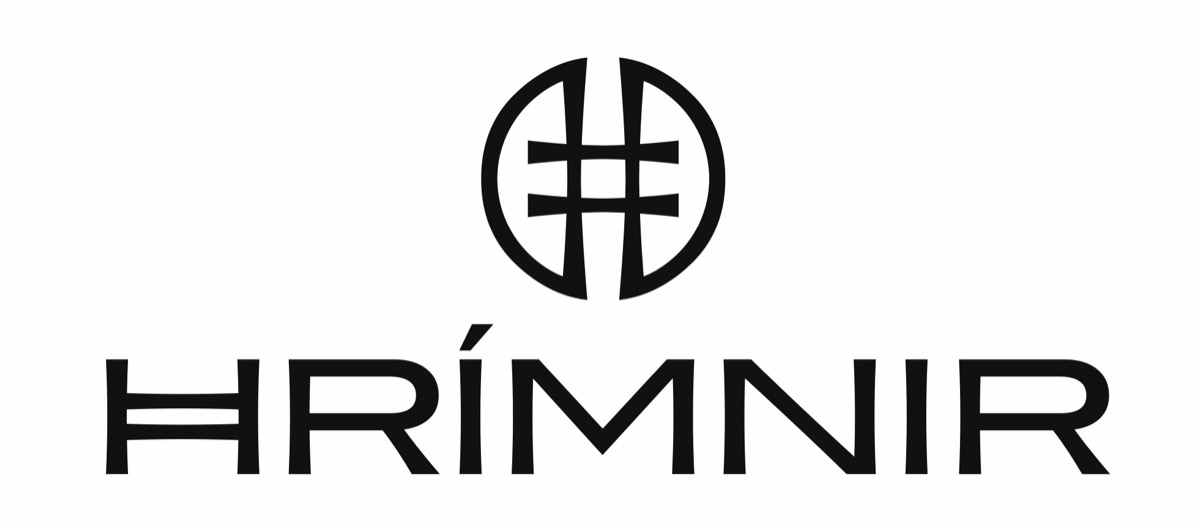


-1.jpg)
